Sore breasts are a common symptom during menopause, often caused by hormonal fluctuations or hormonal changes. The decline in oestrogen and progesterone, which regulate breast tissue, can lead to discomfort or breast pain. Stress, medications, and underlying health conditions can also cause breast pain. Symptoms include tenderness, swelling, sharp or dull pain, and fullness, which may come and go or persist.
Treatment options include over-the-counter pain relievers like NSAIDs, cold or warm compresses, supportive bras, stress management techniques like yoga, dietary changes such as reducing caffeine and salt, and natural remedies like evening primrose oil. If unexplained breast pain signs persist, consult a healthcare professional for personalised care.
What Is Menopause-Induced Sore Breast?
According to Muhammad T. Tahir and Shafeek Shamsudeen from the MVR Cancer Centre and Research Institute, mastalgia, or breast pain, is common in most women aged 15 to 40, with about two-thirds experiencing it and often seeking medical help. Breast pain is most frequent before and during menopause but can also occur after. The breast pain can vary from mild to severe, with some women experiencing persistent pain while others may notice it only occasionally.
Understanding what can cause breast pain/discomfort during menopause can help relieve worry, identify potential health issues, seek appropriate therapy, and manage symptoms through self-care and contact with healthcare specialists.
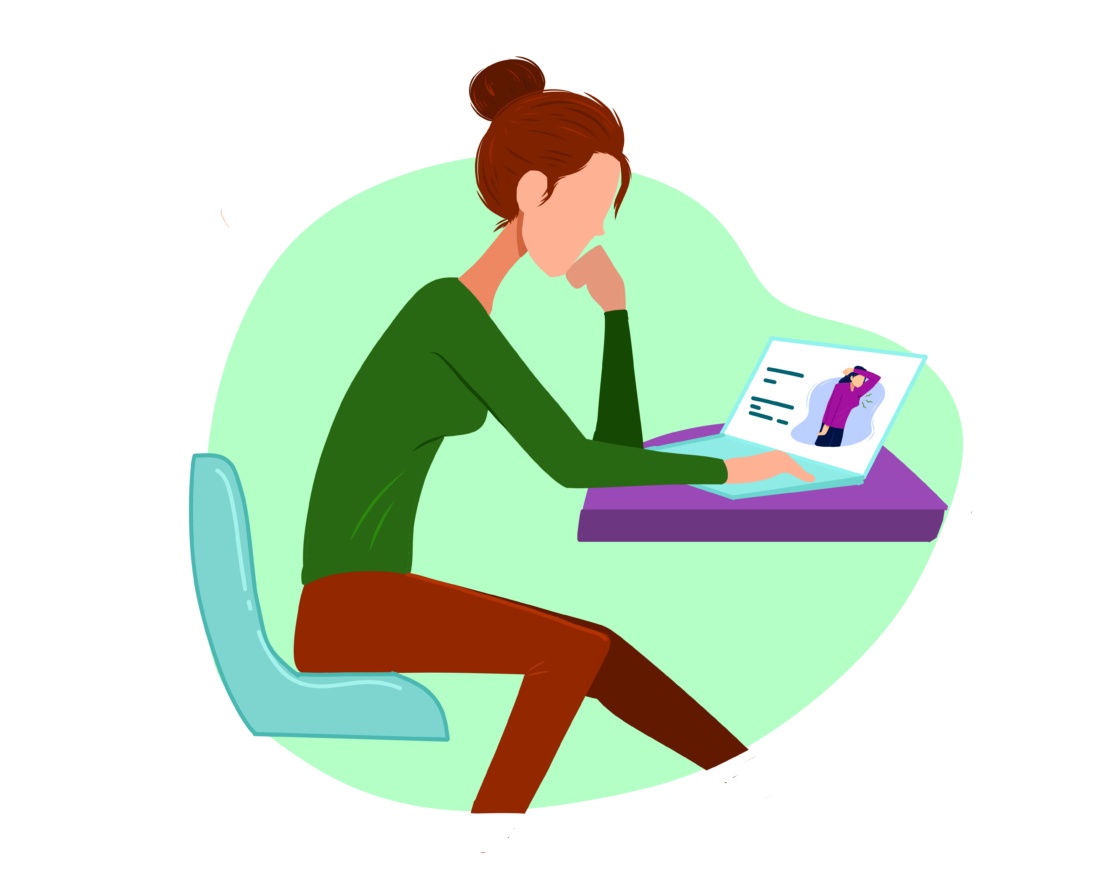
What Causes Sore Breasts During Menopause?
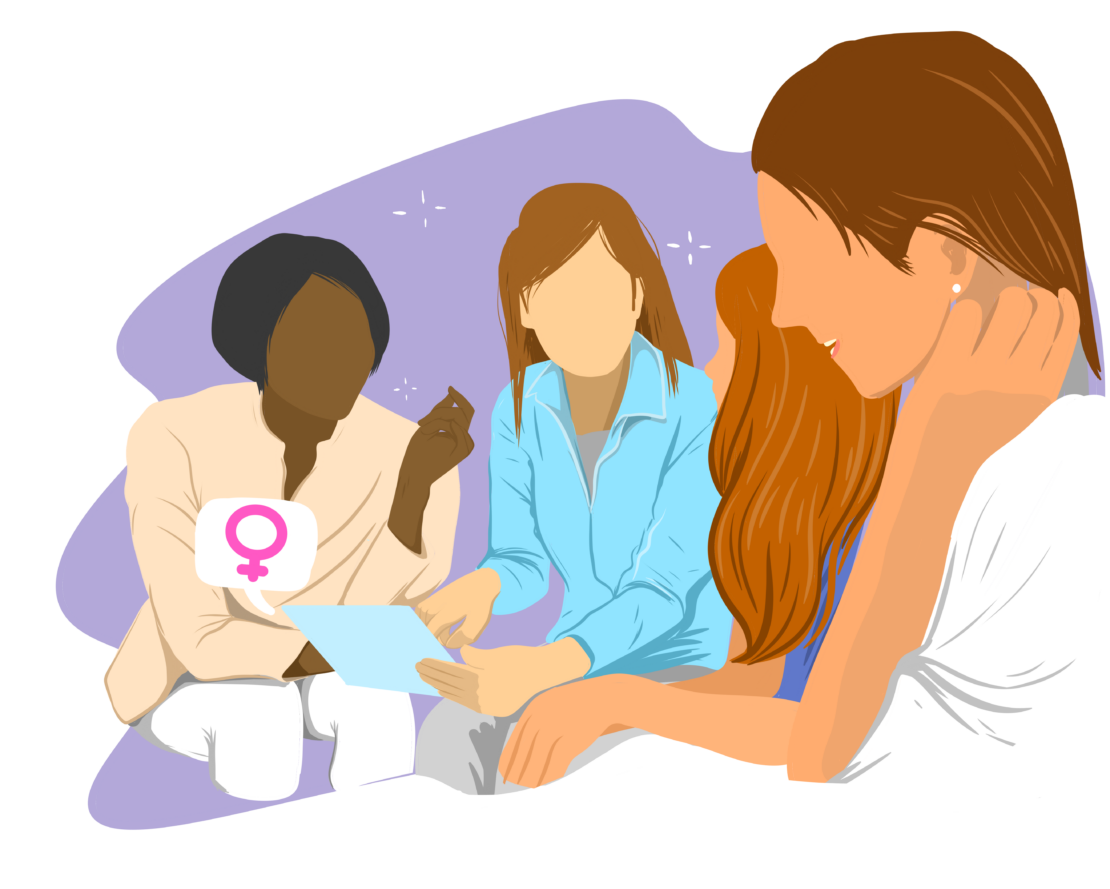
During perimenopause, oestrogen levels can fluctuate significantly, leading to various physical symptoms. As oestrogen levels rise and fall, the breast tissue may become more sensitive, causing breast tenderness, pain, and even nipple soreness. These symptoms are a direct result of the body’s response to the inconsistent levels of oestrogen during this transitional period.
Based on Pamela Li et al.’s study from Case Western Reserve University School of Medicine, breast tenderness or breast pain during menopause can be exacerbated by stress, diet, and lifestyle choices. High-fat diets (to treat fatty acid imbalance), lack of exercise, and stress can increase discomfort in the breast area.
Managing stress and embracing a healthy lifestyle through relaxation techniques and making dietary adjustments, such as reducing caffeine and following a low-fat diet, can be beneficial for alleviating pain during menopause. Understanding and addressing the underlying causes of breast pain can also help in effectively managing other related symptoms .
Can HRT Help Alleviate Menopausal Sore Breast?
According to the study of M.S. Marsh et al. from the Academic Department of Obstetrics and Gynaecology, taking Hormone Replacement Therapy (HRT) can sometimes cause temporary breast tenderness or breast pain, particularly in older women or those who are further along in menopause. This is often due to the initial adjustment to hormone therapy but the benefits of HRT in alleviating menopausal symptoms outweigh the potential side effects.
It’s crucial to monitor your response to HRT closely. Factors like dosage, individual hormonal needs, and underlying health conditions can influence how your body reacts to the treatment. Your healthcare provider can help you adjust your HRT regimen to minimise discomfort.
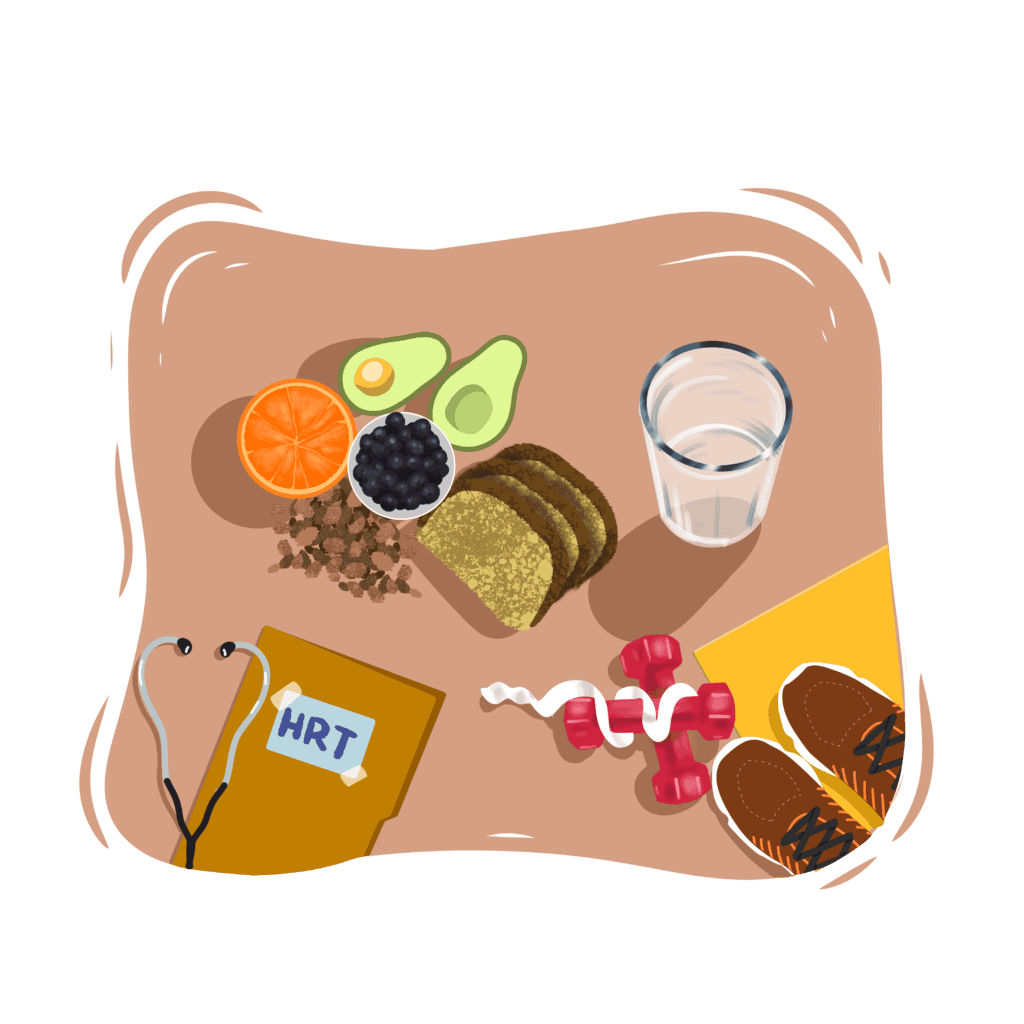
What are the Treatments for Sore Breasts During Menopause?
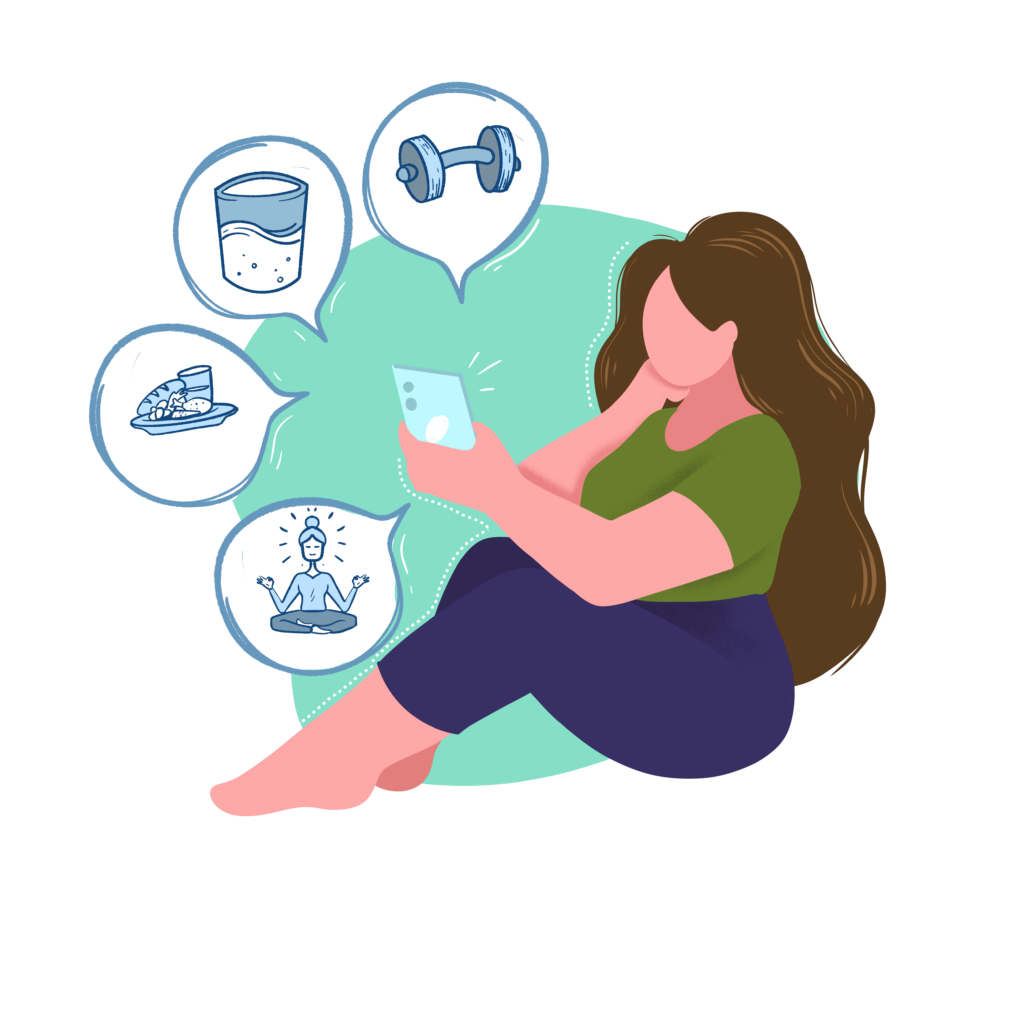
1. Lifestyle Modifications: According to Emma Burnett et al. from the Dept of Sport and Exercise Science , University of Portsmouth, adopting a healthy lifestyle can significantly reduce cyclic breast pain and noncyclic breast pain. Regular exercise helps balance hormonal fluctuations and reduce stress, which can reduce pain. Reducing the intake of caffeine, sugar, and high-fat foods may also help, as these can exacerbate breast pain.
2. Wearing a Supportive Bra: Based on a case-control study by Cemile İdiz et al from İstanbul University School of Medicine, a properly-fitted bra can relieve breast pain by reducing movement and offering support, especially if you have large breasts. When your breasts hurt, it’s important to get professionally fitted, like a sports bra, especially as breast size and shape can change during menopause.
3. Pain Relievers: Acetaminophen or ibuprofen, two over-the-counter pain medications, are good for treating breast pain without a prescription. To alleviate breast pain, they should only be used in moderation and under a doctor’s supervision.
4. Supplements: A study by Fatemeh Shobeiri et al. from Hamadan University of Medical Sciences claims some women find relief from breast pain through the use of supplements like primrose oil or vitamin E. The omega-6 fatty acid GLA in evening primrose oil may reduce inflammation, while vitamin E’s antioxidant properties can protect cells. Both may help regulate hormones, which can contribute to breast discomfort. However, individual responses may vary.
5. Cold or Warm Compresses: Depending on individual preferences and symptoms, warm and cold compresses can temporarily ease breast pain caused by menopause. Warm compresses relax tense muscles, improve blood flow, and reduce swelling, while cold compresses reduce inflammation or tenderness.
6. Herbal Remedies: Certain herbs, such as black cohosh and chaste berry, have been traditionally used to treat menopausal symptoms, including breast pain, according to Maša Kenda et al. from the University of Ljubljana . Black cohosh mimics oestrogen effects, balancing hormones and reducing discomfort. Chaste berry regulates hormone production, reducing other symptoms like hot flashes and night sweats and indirectly alleviating breast pain.
7. Dietary Adjustments: Reducing salt intake can help minimise water retention, which often worsens breast pain. Aside from treating breast pain, incorporating more fruits, vegetables, and whole grains into your diet can also support overall hormonal balance.
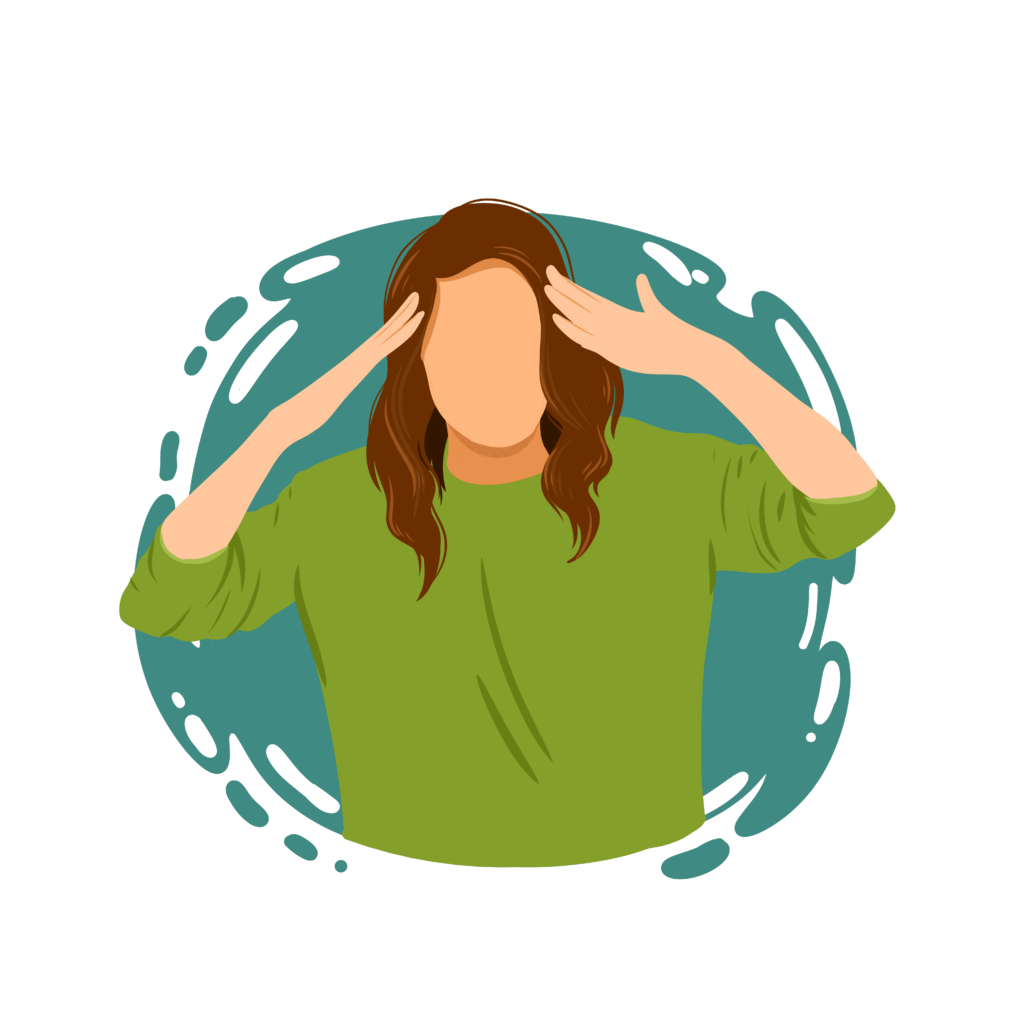
When to Consult a Doctor?
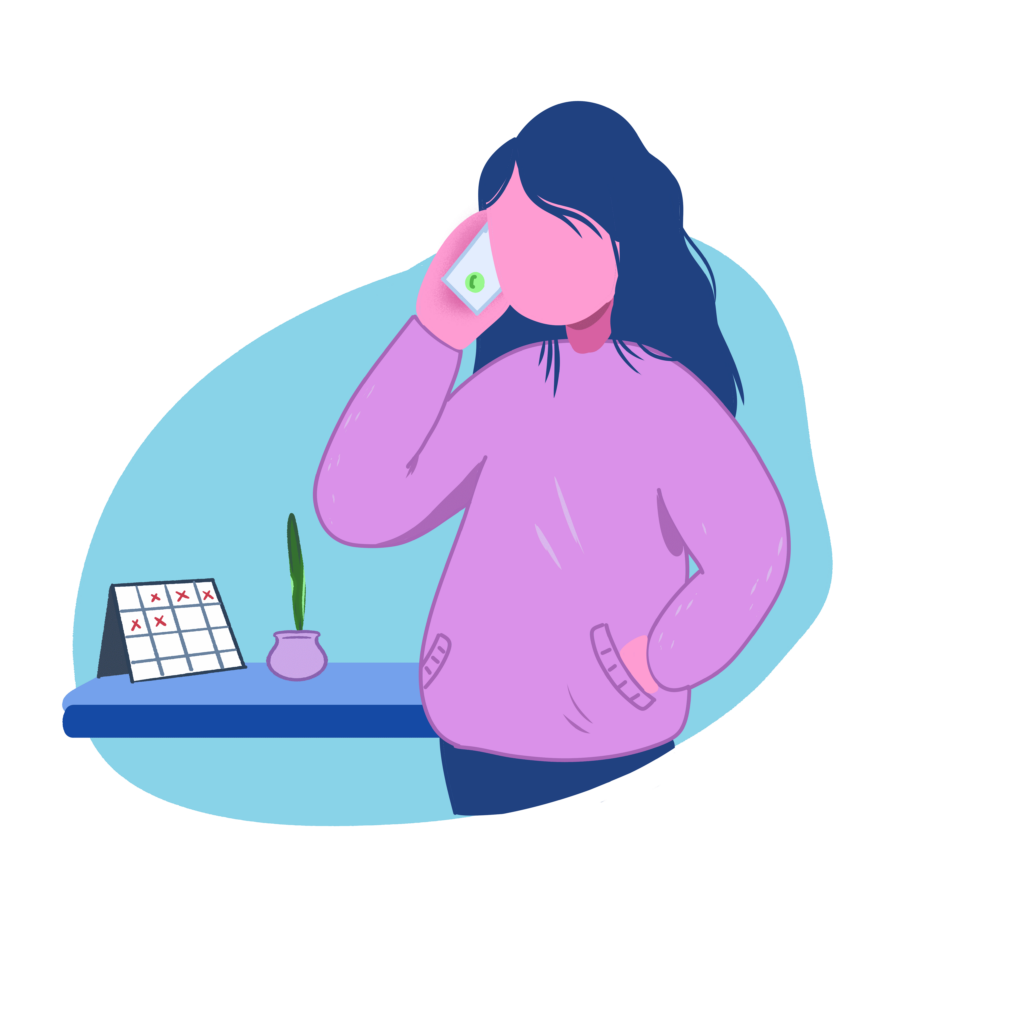
While breast pain is a common symptom during menopause, it’s important to pay attention to its severity and any accompanying symptoms. If you experience severe, persistent breast pain or notice unusual changes like breast cysts/lumps (one or both breasts), chest wall pain, nipple discharge, or skin changes, it’s advisable to consult a healthcare provider. These symptoms could indicate a more serious underlying condition that requires medical attention.
If you’re looking for personalised advice and care for treating pain in the breast, consider visiting the Online Menopause Centre to check if you have menopausal symptoms , where you can consult with specialists who understand the unique challenges of menopause. We provide personalised guidance and support to help you navigate this transition with confidence and comfort.
References:
- https://www.ncbi.nlm.nih.gov/books/NBK562195/
- https://www.menopausecentre.com.au/breast-pain/
- https://www.nhs.uk/conditions/breast-pain/
- https://health.clevelandclinic.org/breast-pain-menopause
- https://abs.amegroups.org/article/view/6968/html
- https://pubmed.ncbi.nlm.nih.gov/7968650/#full-view-affiliation-1
- https://pubmed.ncbi.nlm.nih.gov/24905581/
- https://www.ncbi.nlm.nih.gov/pmc/articles/PMC6092156/
- https://www.ncbi.nlm.nih.gov/pmc/articles/PMC4700694/
- https://www.ncbi.nlm.nih.gov/pmc/articles/PMC8708702/
- https://onlinemenopausecentre.com/symptoms-of-hormone-deficiency/
